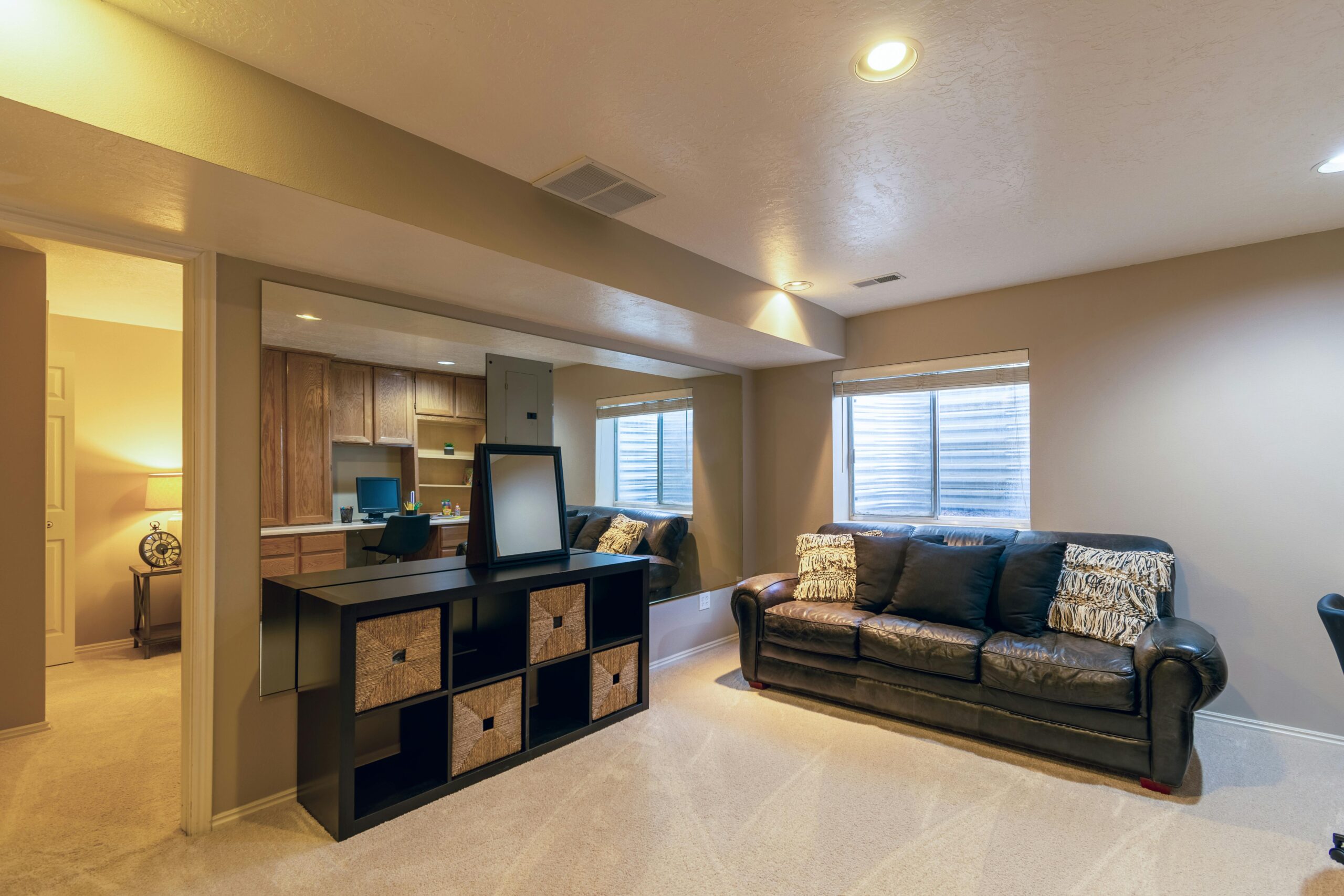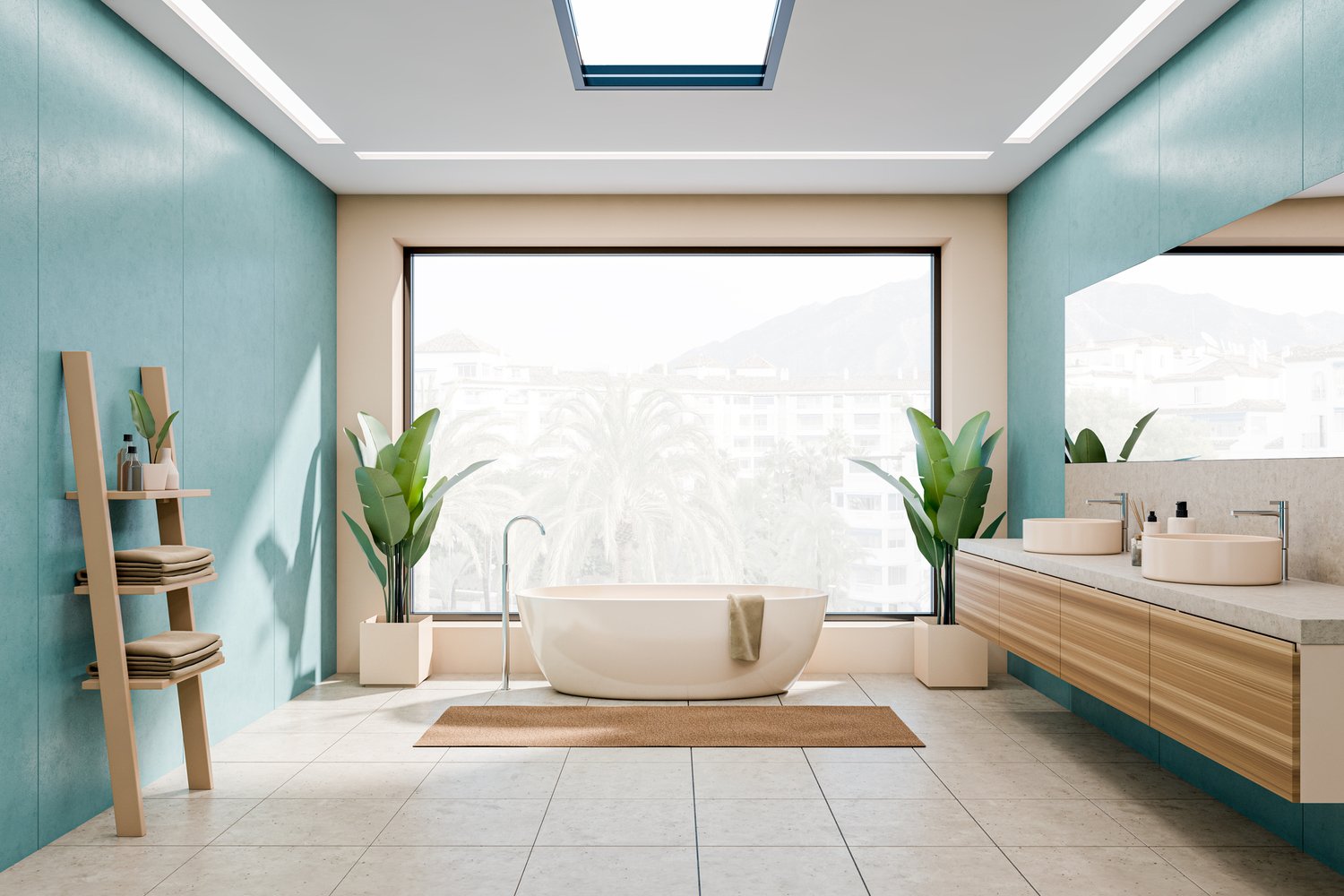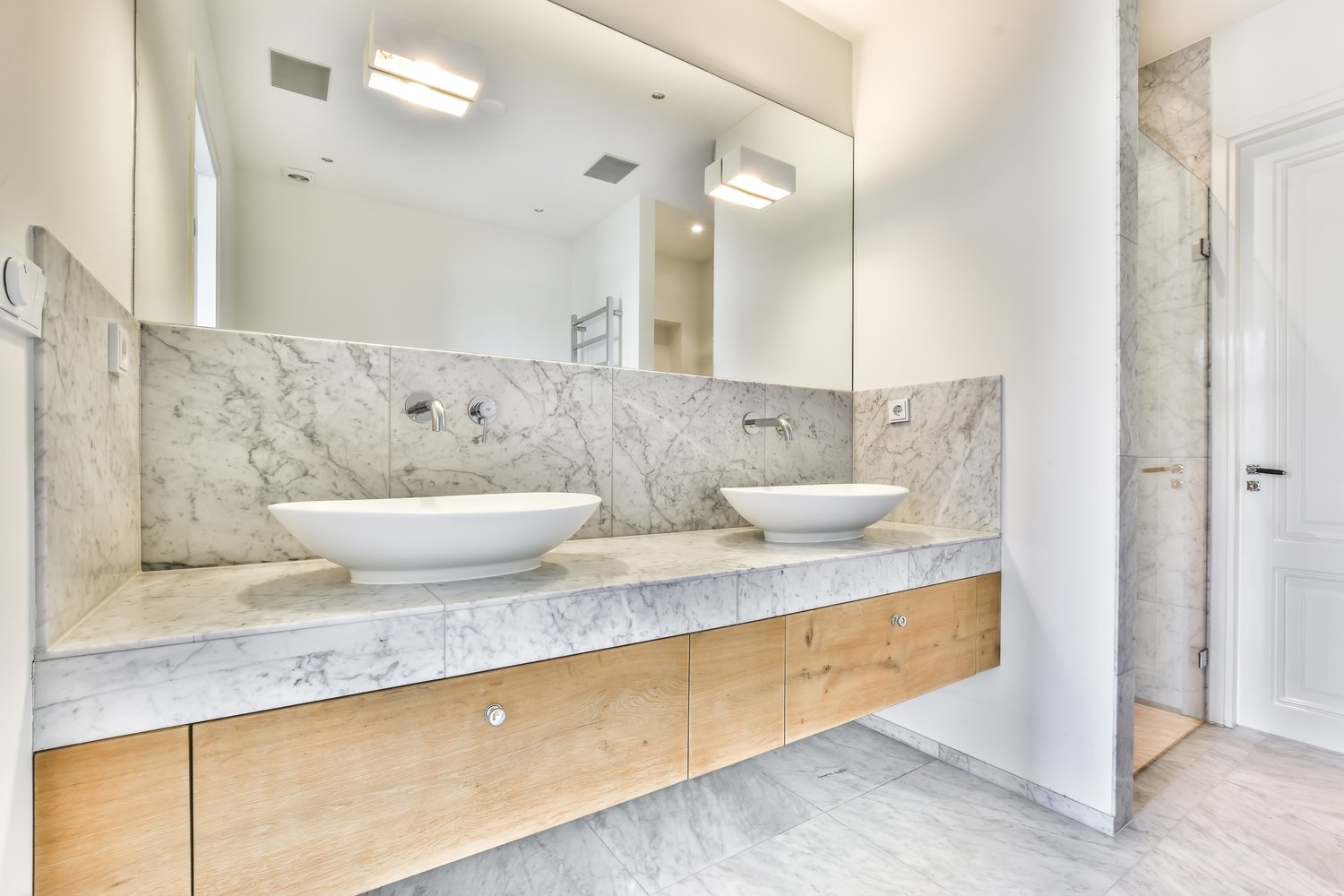Transforming your basement from a dark storage area into functional living space represents one of the most valuable home improvement projects you can undertake. A well-executed basement remodel can significantly increase your home’s usable square footage while boosting its overall value. Whether you’re envisioning a cozy family recreation area, a private home office, additional bedrooms, or even a rental apartment, the possibilities are extensive. This article explores various basement finishing ideas along with practical considerations about costs, planning, and execution to help you make informed decisions about your basement transformation project.
Assessing Your Basement’s Potential
Before diving into specific basement remodel options, it’s essential to evaluate your existing space. Start by checking for moisture issues, as water intrusion can derail even the most carefully planned renovation. Look for signs of dampness, water stains, or efflorescence (white mineral deposits) on walls. Measure your ceiling height, noting that most building codes require at least 7 feet for habitable spaces. Identify the locations of support columns, utilities, and mechanical systems that can’t be moved. Understanding these fixed elements will help you develop a realistic floor plan to convert basement space effectively.
Professional inspections may be necessary to assess structural integrity and identify potential problems like radon gas or inadequate drainage. While these preliminary evaluations add to your finish basement cost, they’re crucial investments that prevent expensive corrections later. According to experts at AskHomey, addressing moisture issues should always be your first priority before any cosmetic improvements begin.
Popular Basement Finishing Ideas
Recreation rooms remain among the most popular basement finishing ideas because they provide flexible entertainment space for the entire family. Consider incorporating areas for gaming, media viewing, exercise equipment, or even a wet bar. The relatively isolated location of basements makes them ideal for activities that might be too noisy for main living areas. Soundproofing ceiling joists can further enhance this separation, allowing simultaneous activities without disruption.
Home offices have surged in popularity as remote work becomes more common. Basements offer quiet, distraction-free environments ideal for concentration. When planning a basement office, prioritize adequate lighting (both natural and artificial), proper electrical outlets for technology, and comfortable ergonomic furnishings. Consider built-in shelving and storage solutions to maximize the efficiency of your workspace while maintaining a professional appearance for video conferences.
Additional bedrooms represent another valuable way to convert basement space, especially for growing families or those who frequently host overnight guests. Ensure any basement bedroom includes a proper egress window meeting local building codes for safety. These bedrooms should feel as comfortable and well-appointed as those on upper floors, with attention to heating, cooling, and humidity control to create a welcoming environment.
Apartment conversions, while more complex, offer significant potential for generating rental income. These comprehensive basement remodel options typically include a bathroom, kitchen facilities, separate entrance, and defined living areas. Check local zoning regulations carefully, as not all municipalities permit accessory dwelling units. The initial investment will be higher, but the potential return through rental income can make this an attractive financial decision for many homeowners.
Cost Considerations and Budgeting
Understanding finish basement cost factors helps establish realistic expectations for your project. Basic finishing typically ranges from $25-50 per square foot, while more elaborate renovations with high-end finishes can exceed $100 per square foot. A typical 1,000-square-foot basement might cost between $25,000-$100,000 to finish completely, depending on complexity and materials chosen.
Major cost drivers include plumbing installations (especially if adding bathrooms), electrical upgrades, HVAC extensions, and moisture remediation systems. Structural modifications like raising ceilings or adding egress windows also significantly impact budgets. Material selections—from flooring and wall treatments to lighting fixtures and appliances—provide opportunities to control costs without sacrificing quality.
Remember to allocate approximately 10-15% of your budget for unexpected expenses. Many basement projects reveal hidden issues once walls are opened, and having this contingency fund prevents stressful budget overruns. Phasing your project over time can also make costs more manageable while still achieving your long-term vision for the space.
Maximizing Return on Investment
The most successful basement finishing projects balance personal enjoyment with market appeal. While specialized rooms like wine cellars or elaborate home theaters might perfectly match your interests, they may not appeal to future buyers. More versatile basement remodel options like multi-purpose recreation rooms, guest suites, or flexible office spaces typically offer better returns.
Pay special attention to elements that combat the “basement feel.” Strategies include increasing natural light where possible, selecting lighter color palettes, installing adequate overhead lighting, and using moisture-resistant materials designed specifically for below-grade applications. Creating visual connections to outdoor spaces, even through small windows, helps the area feel less isolated from the rest of the home.
Quality matters, particularly for systems you can’t easily see. Investing in proper insulation, vapor barriers, and waterproofing provides peace of mind and protects your entire investment. These hidden elements may not be exciting, but they create the foundation for a comfortable, durable living space that will serve your family for decades.
For more tips and to connect with reliable home service professionals, follow AskHomey on Facebook and Instagram.



